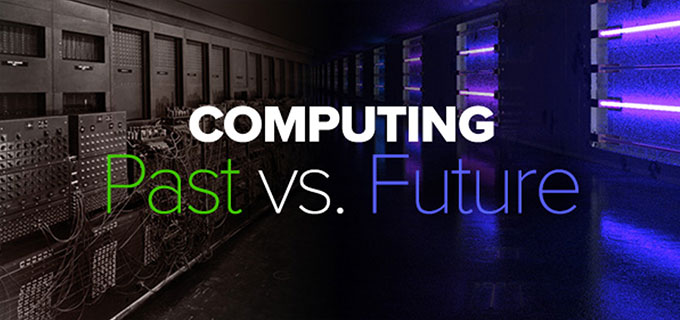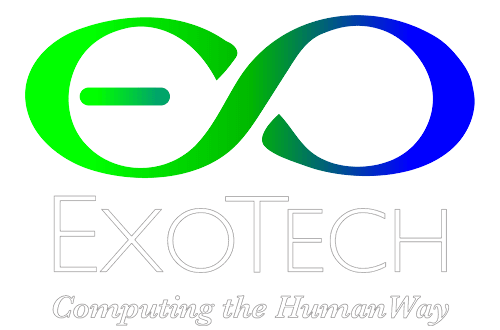
Is Artificial Intelligence Dangerous?
So, here’s the question: is artificial intelligence dangerous?
Well, it certainly can be.
Witness the fact that the two Boeing 737 MAX aircraft that crashed in 2018 and 2019 were taken over by an autopilot that had made a wrong decision. 346 people died in those two crashes. And they died because the autopilot “thought” the aircraft was stalling, so put it into a deep dive to prevent the stall.

Just to make this clear, a “stall” occurs when an aircraft tries to climb too fast, with insufficient power. If not corrected, it would stall and fall backwards out of control. So, it is logical that you should bring the nose of the aircraft down and put it into a dive so as to regain control. But in these two cases, the aircraft were not stalling at all – they were flying level. So, the artificially intelligent autopilot made a fatal mistake.
At the time, the crew did not know what was happening, as they had not been trained sufficiently on the new autopilot functions. Worst of all, because of their lack of training, they did not know how to override the autopilot and could not prevent the deadly nose-dive.
So, what are we doing here at ExoTech, messing with “artificial intelligence”? Are we flirting with some potentially dangerous situations?
No – not at all. And the reason we are not, is that we are dealing with a whole different set of circumstances. An aircraft autopilot is designed to replace the functions of the pilot. The pilot can then relax and not be constantly required to fly the plane. But let me point out the very key statement there: the autopilot is replacing the functions of the pilot. And that’s where the danger lies: letting a machine take over full control.
In ExoTech we are not setting out to replace people by taking their jobs away from them. No! We are using the incredible power we have developed to assist people in performing the things they do on a daily basis – both personal and business.
Just imagine you have created a machine that can “think.” Ok, machines probably don’t really think, as such. But you get the idea: you have created a machine with the ability to manipulate the data of an area. So, what do you do with this?
- Do you let that machine take over some parts of the process that is going on, and fire a few people you no longer need?
- Or, do you use the machine’s ability to manipulate data in the area to assist the people who are already there – to make their lives easier and more productive?
In the former case, if we are talking about automating production, that is a practical solution. The motor vehicle industry is largely automated now, with a lot less people involved in the assembly of automobiles. Those automated machines are pretty safe, as they have a very limited scope of action. But they could still be dangerous if their programming were to go awry.
But if you do the latter, and get the machine to use its power to help and work with you, you don’t have to fire anyone. But, more importantly, you can now give people support and data at a much higher level than they currently enjoy.
Let’s illustrate that. Suppose one of the team calls in sick, so you have to get someone else to fill in for them. But the new person is not as familiar with the detailed technicalities of the job as the sick employee was. So, they might slow things down as they struggle to get up to speed on the job.
Now, you don’t have a couple of weeks to fully train the new person. But if you had an intelligent machine they could talk to, and interact with (an artificially intelligent machine), the newbie on the job could simply ask: “How to I do the next step?” And the machine would be able to respond with an intelligent answer. In this way, the newbie not only gets the job done rapidly, but they also learn how to do that part of the job.
Do you see the difference here?
- On the one hand, you are using an intelligent machine to take over functions that a human would normally perform and are therefore leaving the door open to the machine making decisions that could be dangerous.
- On the other hand, you are using the intelligence of the machine to take over the role of a very powerful and knowledgeable support person. Wouldn’t you like to have a full-time personal assistant? One who knows how you work and even thinks the way you do? Wow! I’d love to have one of those.
So, what has ExoTech done that puts it into this league? We have created a whole new computer platform that works in a totally different manner to the way in which computers work today. And the difference is that the ExoBrain works with data in exactly the same way as you do. Because of this, you can relate to it in the same way as you relate to other people.
For example, if I said; “your last birthday,” you would probably immediately know what happened on that day. And not just the presents you got, but the people you saw, where you were, what the weather was like and the fact that Aunt Jane got a little tipsy… That’s the way people manage data – they can associate any data with any other data and link it all together and create a whole sphere of knowledge in a moment.
But today’s computers cannot do that at all. They do not think like humans do. But the ExoBrain does think like people do – that’s the difference.
And when you combine the way an ExoBrain manages data, with the addition of real language control, you have a miracle of possibilities. And this is because you can actually talk to an ExoBrain in the same way as you would talk to another person, and expect a similar response to that which you would get from another person. And that’s because the ExoBrain is actually understanding the basic meanings of all the words you say. As you will see in a later talk of mine; it is not just looking for key words to respond to.
That’s using artificial intelligence in a very safe and practical way. And that’s ExoTech.

